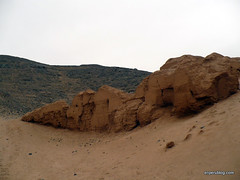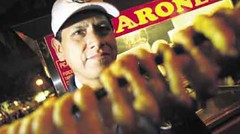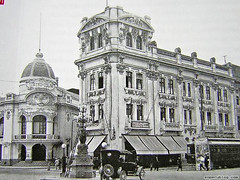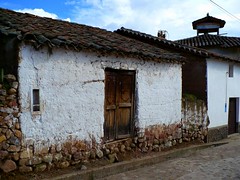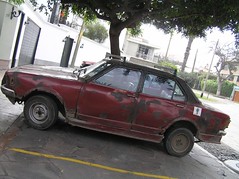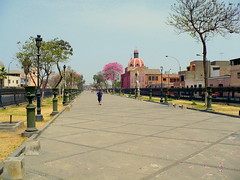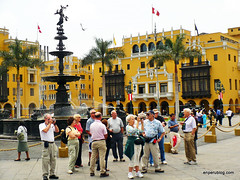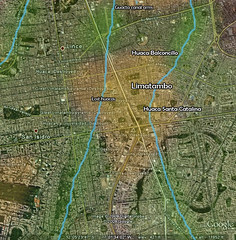Chile: Valdivia
Valdivia, being hundreds of miles south of Santiago and Valparaíso – in this country of unimaginable distances, takes over 10 hours to get to by bus. For this reason we took an overnight bus, which also saved on a hotel room. We were in for a shock upon disembarking the overheated night bus at 7am. Within seconds we were scrambling through our bags for extra fleeces and hoping we would be able to find a hot cup of tea quickly.
I wasn’t very impressed by Valparaiso and around. It was nice and all, but not shockingly so like almost all of Peru. Valdivia had a much better feel though and I felt more compelled to see as much of the town and area as possible.
Conquistador Pedro de Valdivia founded this city as a supply stop for ships on the way to Lima in a defensible area where three rivers meet, with access to the surrounding plains. The native Mapuche however didn’t think it was so defensible and raised it soon after. The Dutch, who wanted to create an enclave in South America, decided to occupy it. This caused the Spanish to retake the town to put a stop to this potential threat to their empire. The city was then heavily fortified and strengthened again and again until Chilean independence.
Like many towns and cities in Chile, there is a heavy German influence. Tens of thousands emigrated to Chile, creating all it’s infrastructure. The town like many on the west coast of the Americas has lost most of its colonial buildings to earthquakes, but you can still see some of its German colonial splendour.
After arriving at the bus terminal we put our bags in the custodia and decided to walk along Calle Prat towards the center of town. On approaching the center of the city, on the docks towards the market, we encountered a number of massive South American Sea Lions that seemed to have the same plan as us. Locals seemed not to notice or care.
We then arrived to the market area for some excellent photo opportunities. From there we discovered the center of the city was quite ugly and that everything worth seeing was by the river, to where we returned and visited a museum to learn more about the Mapuche and take a walk on the Isla Teja, a large island on the opposite side of one of the city’s rivers.
From here we decided that everything worth seeing in this region was further into the lakes area of the Andes, and made plans to return there after going further south. We jumped on a bus to arrive in Puerto Montt as early in the day as possible, but we didn’t make it there before dark.



